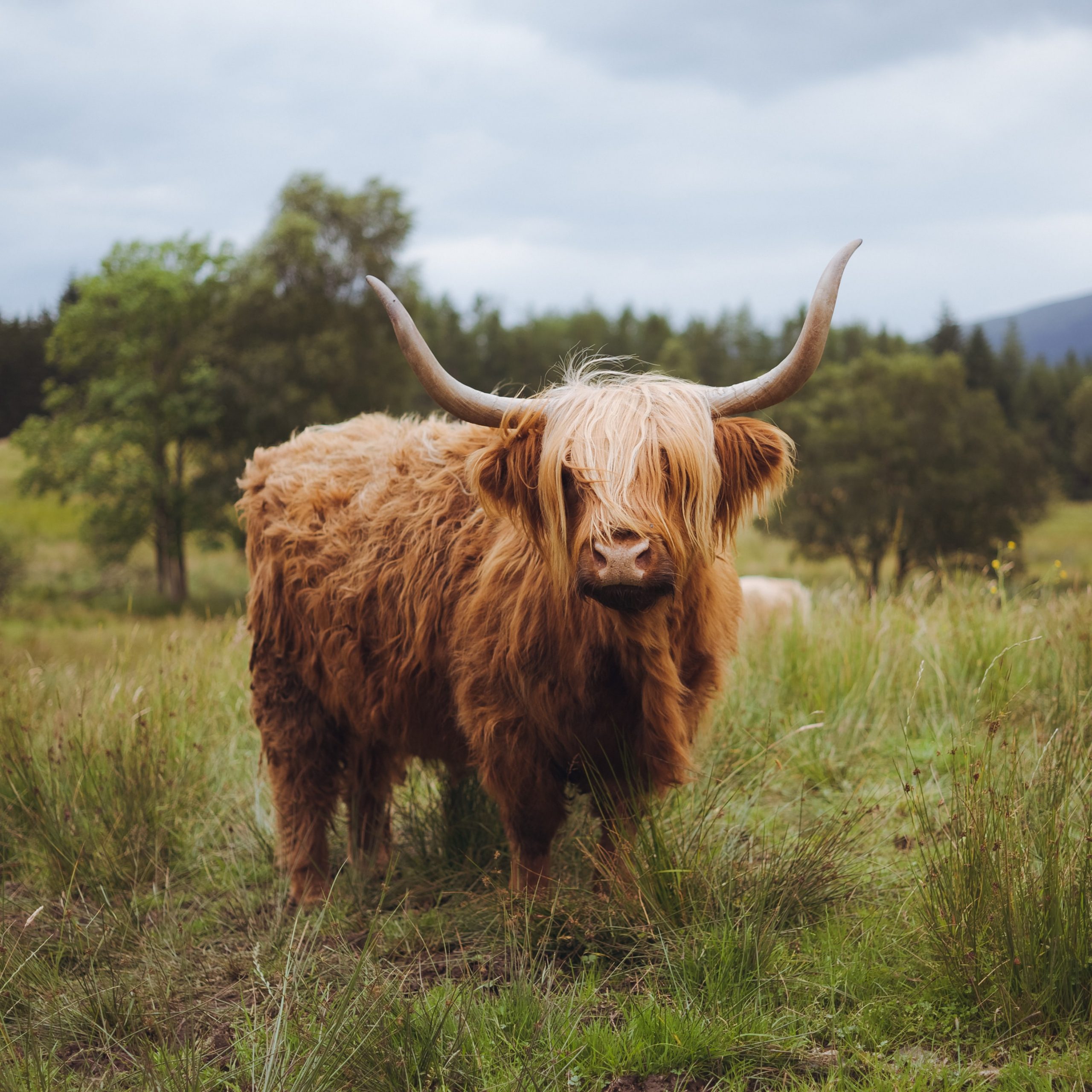
Comment Editor Ffion Hâf discusses story of the woolly Highland cow
As their name suggests, Highland cattle originate in the Highlands of Scotland. This breed of cattle is designed to withstand the harsh conditions of their environment as their long hair is double-layered, with an oily outer layer which covers a fine undercoat below. Interestingly, although a group of cattle is typically known as a herd, a group of Highland cattle is known as a ‘fold’. This is due to the fact that in winter, the cattle can be kept in stone shelters called folds in order to protect them from low temperatures.
A group of Highland cattle is known as a ‘fold’
Whilst they are traditionally identified by their distinctive long horns and red woolly coats, originally, they were predominately black. To begin with, the breed was divided into two classes, the Highlander, and the West Highland, also known as the Kyloe. The Kyloe tended to be of smaller size, most likely due to the severe climate and limited rations of the islands they were raised on. Nowadays, however, the differences between these have disappeared, likely as a result of crossbreeding, and all members of the breed are now known as the Highland.
Highland cattle have a reputation for being a social species that graze together in large groups. The cattle tend to have a social hierarchy among the group, typically based upon both age and sex, and with a dominant male leading the fold. The bulls, which are the larger sex of the breed, are known to weigh up to 800 kilograms whilst the cows can weigh up to around 500 kilograms. They are characterised by their gentle temperament and intelligence which allow them to remember both creatures and places, and in some cases appear to have distinct personalities as people do.
Want more Sci&Tech? Moove on over to these stories:
Mystery Illness Puzzles US Officials
Should Social Media Platforms Censor Vaccine Misinformation?

Comments